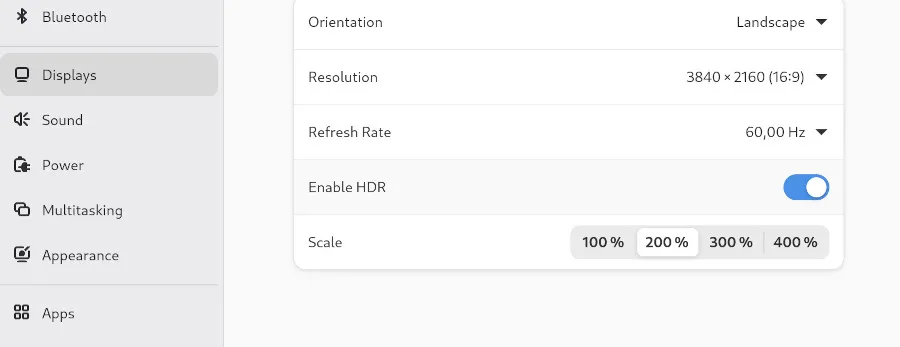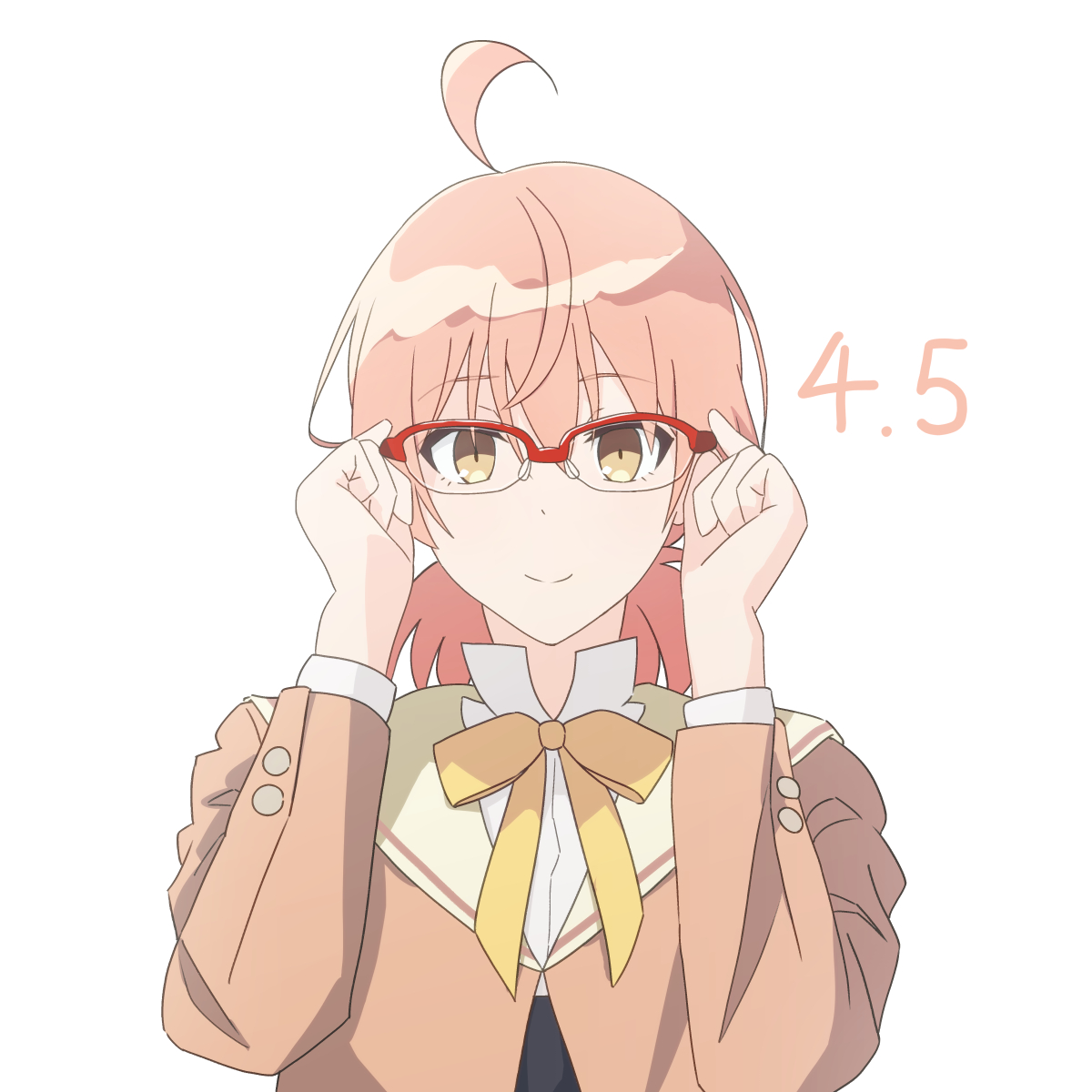- cross-posted to:
- [email protected]
- phoronix
- cross-posted to:
- [email protected]
- phoronix
One day someone will explain to us what HDR is and why we should care.
If you’re the type of person (like me) that can name at most 4 colors, then you don’t care.
Currently most monitors use 16bits for colour (65,536 different possible colours).
The human eye can see about 10,000,000.
HDR / True colour is 24bits, 16,777,216 colour variations, which is more than what humans can see.
You should care because it means images on your device will look true to life, especially as screens get brighter materials like gold will look much nicer.
Eh, no?
You got 8bits for RGB each, so 8x3=24 bits, not 16
HDR will give you better brightness and contrast levels, and will give a slightly wider color gamut. Visually, you WILL notice the difference
That’s not right. Most monitors use 8 bits per color / 24 bits per pixel, though some are still using 6 bpc / 18bpp.
HDR doesn’t mean or really require more than 8bpc, it’s more complicated than that. To skip all the complicated details, it means more brightness, more contrast and better colors, and it makes a big difference for OLED displays especially.
That’s incorrect. While it can be assumed that HDR content supports at least 10bit colour, it is not necessary for monitor or content. The main difference is contrast and brightness. SDR is mastered for a brightness of 100 nits and a fairly low contrast. HDR is mastered for brighnesses of usually 1000 or even 2000 nits since modern displays are brighter and capable of higher contrast and thus can produce a more lifelike picture through the additional information within HDR.
Of course you need a sufficiently bright and/or contrasty monitor for it to make a difference. An OLED screen or displays with a lot of dimming zones would produce the best results there. But even a 350nit cheap TV can look a bit better in HDR.
I have a laptop with HDR and back when I was still using Windows I don’t think I’ve ever used it either. It felt like the hardware equivalent to those programs that add screenspace shaders over games lol. Maybe if I played a game or watched a movie that supports HDR I’d change my mind but right now I am clueless. Maybe with the new GNOME
HDR in movies/TV shows that support it look phenomenal on a good monitor/TV, especially if you have OLED. Games, on the other hand, I have yet to see any that actually look improved with it.
Don’t worry. Everyone who needs it uses Windows.
See what I did there?
Will Cinnamon merge this with Muffin (Hopefully since ik you can use Gamescope to also get HDR)
About fucking time!
how does that work if the Wayland color management thing still isn’t merged?
Is HDR useless on OLED?
HDR shines the most on OLED. Pun not intended. 😅
So HDR make picture brighter? I thought it make color more vibrant that’s why I thought it’s useless on OLED XD
No, HDR can’t make your monitor brighter than it is. But it can take full advantage of the brightness and contrast of modern displays in a way SDR cannot. In almost every case HDR looks better than SDR but brighter and/or more contrasty displays take the most advantage.
In a more technical sense, SDR content is mastered with a peak brightness of 100 nits in mind. HDR is mastered for a peak brightness of 1000 nits, sometimes 2000 nits and the resulting improved contrast.
If you don’t watch movies in HDR on a modern TV, you’re not taking full advantage of its capabilities.
It’s brightest on qled 😂
OLED is practically contingent on HDR colour space for optimal experience. You wouldn’t want to limit yourself to SDR on that type of display.










